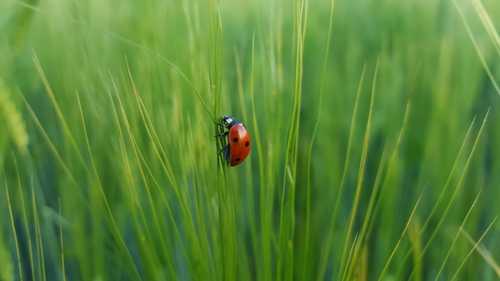
What is acoustic aposematism? Definition and examples
what acoustic aposematism means: In the natural world, aposematism refers to traits which have developed evolutionarily in organisms to prevent attacks from predators. These function by signaling that it would not be profitable to prey upon the organism in question.
This signaling can take different forms, including:
- Striking visual characteristics: For example, honey badgers signal their size-disproportionate ferocity with reverse countershading. In some cases, these characteristics may honestly signal unobservable information (for example, the aptly named flamboyant cuttlefish advertises a toxin in its muscles by changing its skin color and texture into “a threatening pattern”)
- Unpleasant odors: Most notably, skunks can spray a noxious secretion from their anal scent glands which can cause not only irritation but temporary blindness; in all species, this is signaled by a warning coloration of stripes or spots. Similarly, ladybugs (ladybirds) use bright coloration to advertise the bitter-tasting chemicals they contain, but can also exude drops of their foul-smelling, bitter, and toxic body fluid. It has even been suggested that human body odor functions as a form of chemical aposematism, alerting predators to our “formidable defensive traits”
- Sounds.
Species which use sound in this way – acoustic aposematism – include:
- Rattlesnakes: Their hollow, keratinous rattles constitute “a complex aposematic sound-producing structure”
- Caterpillars: In addition to “impressive armour, including flamboyant warning colours, poisonous spines, irritating sprays and mimicry of plant parts, snakes and bird droppings”, many species have been found to produce sounds including “clicks, chirps, [and] whistles”, which are proposed to function as warnings of “accompan[ying] defensive regurgitation” and to startle would-be predators
- Moths: Tiger moths signal their unpalatability by producing ultrasonic noises in response to the echo-locating calls of the bats which attempt to predate upon them. It has been shown that bats “quickly learn […] to avoid […] noxious tiger moths […], associating the warning sounds [they make] with bad taste”
- Wasps: The misleadingly named velvet ants (parasitic wasps whose wingless females look similar to ants) advertise the toxicity of their venom with abundant colored hair, but are additionally able to produce squeaks or chirps via stridulation (sound produced through rubbing two structures together).
Study of acoustic forms of aposematism gives researchers and practitioners within the field of bioacoustics an opening to study acoustic predator/prey interactions in all of their complex “behavioral, physiological, and evolutionary contexts”.
Featured photo by Martin Oslic on Unsplash
Earth.fm is a completely free streaming service of 1000+ nature sounds from around the world, offering natural soundscapes and guided meditations for people who wish to listen to nature, relax, and become more connected. Launched in 2022, Earth.fm is a non-profit and a 1% for the Planet Environmental Partner.
Check out our recordings of nature ambience from sound recordists and artists spanning the globe, our thematic playlists of immersive soundscapes and our Wind Is the Original Radio podcast.
You can join the Earth.fm family by signing up for our newsletter of weekly inspiration for your precious ears, or become a member to enjoy the extra Earth.fm features and goodies and support us on our mission.
Subscription fees contribute to growing our library of authentic nature sounds, research into topics like noise pollution and the connection between nature and mental wellbeing, as well as funding grants that support emerging nature sound recordists from underprivileged communities.
